2024年9月23日发(作者:得高地板官方旗舰店)
室内装饰趋势揭秘:2024年最热门的装修风格
1. 引言
1.1 概述
室内装饰是人们打造舒适、美观和实用居住环境的重要手段之一。随着社会的快
速发展和技术的不断进步,室内装饰领域也面临着新的挑战和机遇。本文将揭秘
2024年最热门的装修风格,帮助读者了解未来几年室内设计领域可能出现的趋
势和变化。
1.2 文章结构
本文共分为五个部分。在引言部分,我们将对文章进行概述,并阐述文章撰写的
目的。第二至第四部分将详细介绍三种不同的装修风格,包括描述、特点以及应
用示例。最后一部分将总结未来趋势,并对比各种装修风格的优缺点,同时展望
未来室内设计发展方向与挑战。
1.3 目的
本文旨在通过深入研究和分析,提前预测2024年可能成为室内装饰领域最热门
的装修风格。通过了解这些趋势,人们可以在选择自己家庭或办公空间装修风格
时有更多的参考和灵感。同时,本文也希望为室内设计师和装饰者提供一些建议,
使他们能够适应未来的发展趋势,提供更好的设计服务。让我们继续深入研究下
面三种预测的装修风格吧!
2. 第一种装修风格:
2.1 描述:
第一种装修风格是现代简约主义。在2024年,这种装修风格将成为最热门的选
择之一。现代简约主义注重简洁、清晰和功能性,追求形式与功能的完美平衡。
它采用极简的线条、自然的色彩和光线,创造出一个干净、宽敞且和谐统一的室
内空间。
2.2 特点:
现代简约主义装修风格的特点包括以下几个方面:
- 极简设计:这种风格强调简洁和不多余的装饰,营造出整洁而舒适的环境。
家具通常具有简单而流畅的线条,并且色彩上偏向中性色调。
- 开放式布局:现代简约主义倡导开放、无边界感的室内空间,避免过多使
用隔断墙或分割区域。通过开放式布局可创造出更大的视觉空间和流动感。
- 自然光与室内外融合:大窗户和玻璃墙是现代简约主义设计中常见的元素,
以最大限度地利用自然光线,并实现室内外融合。
- 中性色调和柔和光线:清淡的中性色调如白色、灰色和米色是这种风格常
见的选择。照明方面,采用柔和的光线营造出舒适和温馨的氛围。
2.3 应用示例:
以下是现代简约主义装修风格的一个应用示例:
客厅空间:使用大面积开放式布局,保持宽敞感。墙壁涂成浅灰色,地板选择浅
色木质地板。家具采用简单且流线型设计,以白色或米色为主调。墙上悬挂一副
抽象画作,并在角落放置一个绿植盆栽,增添一些生机与自然元素。利用大窗户
将阳光引入室内,并加上透明的窗帘来控制光线的进入。
总之,现代简约主义装修风格是2024年最热门的装修趋势之一。其特点在于注
重简洁、功能性和自然元素的运用,创造出一个宜居又时尚的室内空间。通过极
简设计、开放式布局和自然光线的应用等手法,现代简约主义能够为人们提供一
个舒适、宽敞且和谐的居住环境。
3. 第二种装修风格:
3.1 描述:
第二种装修风格是一种融合了现代与自然元素的设计概念。它注重与大自然建立
联系,同时又追求简洁和实用性。这种装修风格可以给人一种平衡和舒适的感觉,
让人们能够在室内空间中享受到自然的美好。
3.2 特点:
第二种装修风格以简约、清新和柔和为主要特点。它通常采用明亮而温暖的色调,
如浅灰、米白、淡黄等。墙壁常常使用天然材料,例如石膏板或竹子制成的墙面
装饰,使空间呈现出质朴自然的氛围。
此外,第二种装修风格注重室内照明。通过采用大窗户、落地灯或照明设备来增
加室内采光,并运用柔和而不刺眼的灯光来打造舒适的氛围。
家具方面,第二种装修风格偏向于现代简约设计。选择具有简洁线条和流畅形状
的家具,并以木材、皮革或布料为主要材质。家具的颜色通常与整体空间色调相
协调,以保持整体风格的一致性。
3.3 应用示例:
以下是一些第二种装修风格的应用示例:
1. 起居室:在起居室中,可以选择使用淡黄色或米白色作为主要墙壁颜色,并
搭配自然木质家具和浅灰色的坐垫。此外,在窗户旁边放置一些有盆栽植物的架
子,以增加自然感。
2. 卧室:在卧室中,可以选择使用轻柔的粉蓝色作为墙壁颜色,配以白色床品
和木制家具。选择一个舒适的摇椅或者带有布艺材质的座椅,使卧室更加温馨。
3. 厨房:在厨房中,可以采用简约现代风格的定制橱柜,并选用木纹瓷砖或大
理石作为台面材料。灯具方面可采用吊灯或者射灯来提供足够亮度。
这些仅是第二种装修风格应用示例中的一部分,实际上可以根据个人喜好和空间
特点进行灵活设计,以营造舒适而又自然的室内环境。
第三种装修风格
4.1 描述:
第三种装修风格是未来室内装饰领域中最具创新性和独特性的一种趋势。它注重
将现代科技与自然元素相结合,以创造出舒适、高效且环保的生活空间。这一风
格对自然材料的运用非常重要,同时也在色彩和布局上呈现出富有个性化和当代
感的特点。
4.2 特点:
(1)自然材料:这种装修风格注重使用可持续性和环保的自然材料,如木材、
石头和天然纤维等。地板、家具和墙面上常常可以看到原木的纹理和质感,给人
带来亲近大自然的感觉。
(2)先进科技:与现代科技相结合是这种装修风格的另一个显著特点。智能家
居系统、集成音响和智能照明等先进技术成为了其中一部分设计元素。通过科技
设备的运用,人们可以更加方便地控制室内温度、光线等参数。
(3)简洁而精致的设计:尽管这种装修风格融合了许多元素,但它仍然强调简
洁和精致的设计。家具和装饰品通常采用简约、线条流畅且功能性强的设计风格。
(4)对比色彩和质感:这种装修风格善于运用对比色彩和纹理,以增加空间的
层次感和视觉冲击力。同时,在使用物料上也追求细节纹理与光影的对比,使房
间更加有趣并充满个性。
(5)注重绿色环保:未来趋势中,装修风格对可持续发展和环境友好非常重视。
通过选择低能耗设备、节能灯具以及水资源循环利用系统等手段,这种装修风格
致力于创造一个绿色生活空间。
4.3 应用示例:
1. 室内植物园:在起居室或阳台上创建一个室内植物园,利用自然光线打造一
个绿意盎然的角落。植物们会给人们带来清新的氛围,并净化空气。
2. 智能家居设计:配备智能控制系统的家居设施将成为这种装修风格中必不可
少的一部分。可以通过智能手机或声音控制等方式,轻松调整室内光线、温度和
设备运行等。
3. 全景落地窗设计:采用全景式落地窗设计,将自然光线引入室内,并打造出
舒适明亮的空间。同时,这一设计还可以让人们欣赏到室外美丽的风景。
4. 天然材料与工艺:使用天然木材、石材和纤维等天然材料制作家具,增添质
感和温暖感。此外,结合传统手工艺术和现代技术创新,也是这种装修风格中常
见的做法。
综上所述,第三种装修风格在2024年有着极高的流行潜力。其注重自然、科技
与绿色环保的理念使其成为了未来室内装饰领域中备受关注的趋势。
5. Conclusion and Outlook
5.1 Summary of Future Trends:
After exploring the various interior decoration styles for 2024, it is clear
that the following trends will dominate the industry.
Firstly, minimalist and sustainable designs will continue to gain
popularity. People are increasingly concerned about environmental
sustainability and efficient use of space, leading to a preference for clean
lines, natural materials, and multipurpose furniture.
Secondly, technology integration will play a crucial role in interior design.
Smart homes with voice control systems, automated lighting, and
energy-efficient appliances will become more prevalent. The seamless
integration of technology into home decor will not only enhance
functionality but also create a futuristic ambiance.
Thirdly, biophilic design incorporating nature-inspired elements will
thrive in 2024. Introducing plants, natural textures, and organic shapes
into indoor spaces can improve air quality and well-being while creating
a soothing atmosphere.
Furthermore, a shift towards personalized and eclectic aesthetics is
anticipated. Homeowners will seek distinctive designs that reflect their
individuality by mixing different styles, colors, and cultural influences
within their living spaces.
Lastly, flexible and adaptable layouts will be favored as homeowners
prioritize versatile spaces that can accommodate changing needs.
Multi-functional areas that can easily transform from workspaces to
relaxation zones will be highly sought after.
5.2 Comparison of Advantages and Disadvantages of Various Decoration
Styles:
Each decoration style has its own strengths and weaknesses. Let's briefly
compare some key factors:
Traditional designs offer classic elegance but may feel outdated to some
individuals looking for more contemporary aesthetics. On the other hand,
modern styles provide sleekness but might lack warmth or personalized
touches.
Minimalist designs promote simplicity and clutter-free environments;
however, they may appear too stark or cold for those who prefer cozy
atmospheres with abundant decorations.
Country-style decor exudes warmth and familiarity with its rustic charm;
nevertheless it could seem too traditional or dated to others seeking a
more cutting-edge look.
Industrial designs emphasize raw materials and a utilitarian vibe, which
appeals to those who appreciate the urban aesthetic. However, it may
feel too impersonal for some individuals seeking a softer touch in their
living spaces.
Bohemian styles celebrate free-spiritedness and artistic expression.
While this can create vibrant and unique interiors, it may appear chaotic
or cluttered if not carefully curated.
Overall, the choice of decoration style depends on individual preferences,
lifestyles, and the desired mood for each space.
5.3 Outlook on Future Interior Design Development and Challenges:
Looking ahead, several challenges and opportunities lie ahead for the
interior design industry.
Technology will continue to advance rapidly, enabling further integration
into our everyday lives. The challenge lies in finding ways to seamlessly
incorporate these advancements into interior design without sacrificing
aesthetics or overwhelming the senses.
Sustainability will remain a key focus as more people recognize the
importance of eco-friendly practices. Interior designers will need to
prioritize sustainable materials, energy-efficient solutions, and recycling
methods to meet the growing consumer demand for environmentally
conscious designs.
As cities become more densely populated, space constraints will require
innovative solutions. Multi-functional furniture and adaptable layouts
will become even more crucial in maximizing limited spaces while
maintaining comfort and functionality.
The rise of remote work also presents an opportunity for interior
designers to create functional home offices that promote productivity
without compromising style or relaxation areas.
Furthermore, global socio-cultural shifts may impact design trends. With
increased globalization and cross-cultural influences, interior designers
must stay attuned to diverse aesthetic preferences and adapt accordingly.
In conclusion, the future of interior design holds exciting possibilities
driven by minimalism & sustainability, technology integration, biophilic
elements, personalization & eclecticism, as well as flexible layouts.
However, overcoming challenges related to technology integration,
sustainability practices, space limitations in urban environments, remote
work requirements, and cultural diversity will be essential for successful
development within the field of interior design.
更多推荐
风格,装修,设计,光线,采用,使用,选择,空间


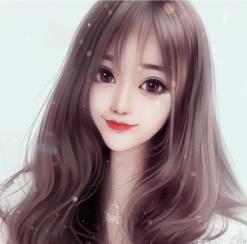
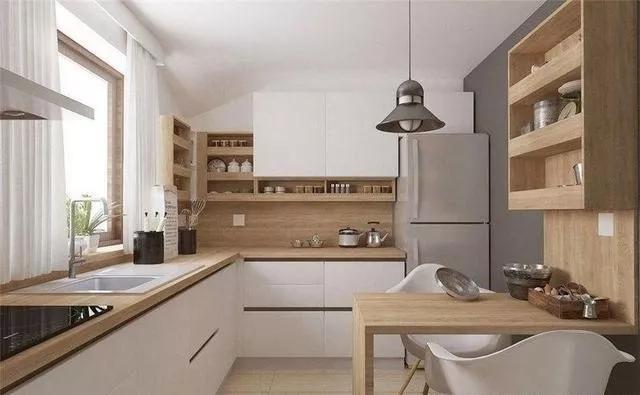
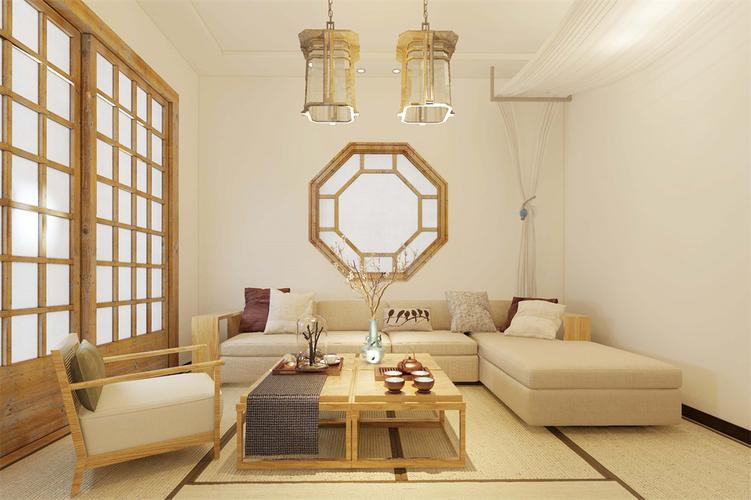
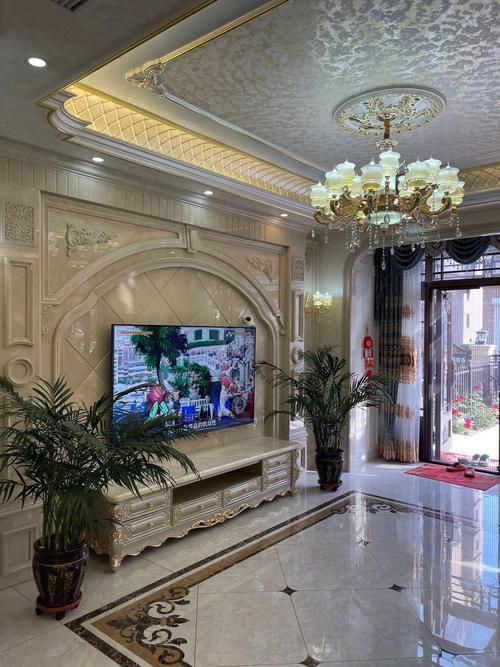
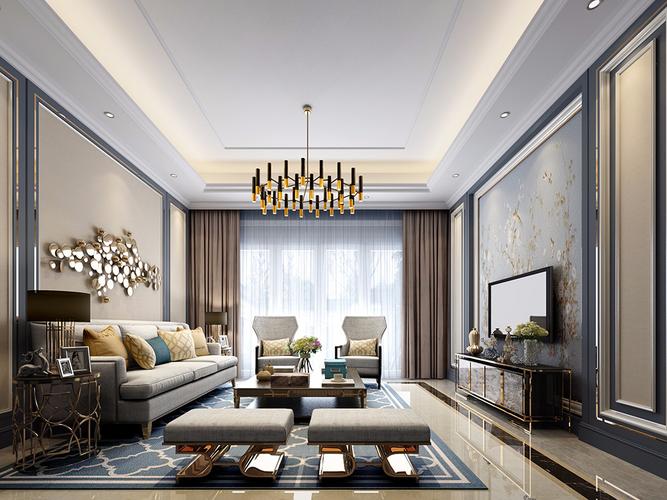
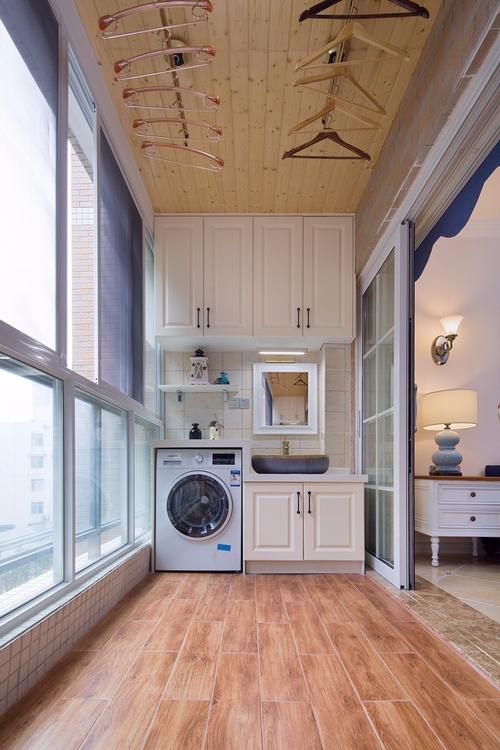
发布评论